- Product Lines
- Best Sellers
- New Releases
- Posters & Canvas – 2022 Spring Collection
- Posters & Canvas – 2021 Spring Collection
- Posters & Canvas – 2020 Summer Collection
- Posters & Canvas – 2020 Spring Collection
- Posters & Canvas – 2019 Summer Collection
- Posters & Canvas – 2019 Spring Collection
- Posters & Canvas – 2019 Summer Collection
- Posters & Canvas – 2018 Summer Collection
- Posters & Canvas – 2018 February Collection
- Posters & Canvas – 2017 POD Fall Collection
- Posters & Canvas – 2017 Summer Collection
- Posters & Canvas – 2017 Winter Collection
- Posters & Canvas – 2016 Summer Collection
- Posters & Canvas – 2015 Winter Collection
- Posters & Canvas – 2015 Summer Collection
- Posters & Canvas – 2014 Winter Collection
- Artists
- Licensing
- Indigenous Collection Website
Browse by Product Lines
Active Filters
Brands
- CAP (12)
Colors
Sizes
Formats
- Square (2)
- Horizontal (9)
- Vertical (1)
Substrates
- Canvas (12)
- Fine Art Paper (12)
- In Stock Poster (Image Size) (12)
- POD Poster (12)
Product Lines
- Posters and Canvas (12)
Subjects
- Photography (6)
- Small Prints (6)
Keywords
- Color Photography (6)
- Instock (12)
- Landscape (1)
- Nature (6)
- Oversize - POD (10)
- Trees (12)
Release Dates
William Guion
William Guion has photographed landscapes for almost 20 years. Through his camera’s lens, he explores the quiet presence and spirit of a place revealed in the changing moods of light on the land. This is seen most clearly in his ongoing series of images and writings of and about oak trees. His highly detailed, large-format, black-and-white photographs of the various species of Southern and Western oaks sensitively capture the trees’ character and essence. These images, often made in foggy, misty settings, portray the oaks elegantly, revealing the mystical as well as the majestic qualities of these elder trees of the American landscape. A sampling of this body of work is contained in his first book, Heartwood, meditations on Southern oaks, published by Bulfinch/Little Brown Press.
Guion’s formal education is in journalism and communications. He was introduced to photography in college, and pursued his photographic training through a combination of self-study and participation as student and assistant in various West Coast photography workshops in the late 80’s and early 90’s. His photographic style was largely influenced by this West Coast, large-format, black-and-white approach to the medium. In 1985, he met architectural and landscape photographer Morley Baer and began a mentor relationship that lasted almost a decade until Baer’s death in 1995. Following Baer’s advice to “find something you love and photograph it over and over, until your love for the thing shines through in your work,” Guion began his series of oaks in his native soil of South Louisiana. In 2001, after the death of his own father, he moved to Monterey, California, to reconnect with his early artistic influences and to begin a new body of work with California oak trees.
He prefers to photograph in the soft, diffuse light found at early morning, late afternoon and on foggy or overcast days. The quiet, even quality of light at these times allows the eye to perceive detail and textures in the usually shadowed spaces beneath a dense canopy of limbs and leaves. He uses a 4” x 5” view camera because of the slow, contemplative process of seeing that this large camera requires, and the ability it offers to control the development of individual negatives. Through precise technical handling of black-and-white photographic materials, he compresses or expands the tonal scale to elicit and emphasize subtle emotional qualities of shadow and light. His hand-colored photographs begin as black-and-white images, are toned to produce a rich brown base color, and then hand-painted with thin-pigmented oil paints. The resulting colors are diffused and muted much like the true colors of the Louisiana landscape. Each print is a one-of-a-kind, painted work.
Portfolio
Showing all 12 results
-
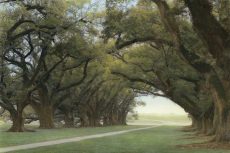 Item Code: 16606
Item Code: 16606Alley of the Oaks
by: Guion, WilliamPosters and CanvasSize: 36 x 24 in Click here for pricing
-
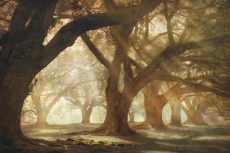 Item Code: 16263
Item Code: 16263Oak Alley Morning Light
by: Guion, WilliamPosters and CanvasSize: 36 x 24 in Click here for pricing
-
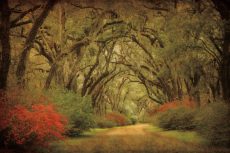 Item Code: 16217
Item Code: 16217Road Lined With Oaks & Flowers
by: Guion, WilliamPosters and CanvasSize: 36 x 24 in Click here for pricing
-
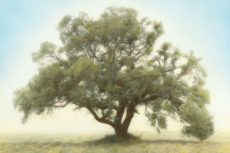 Item Code: 16218
Item Code: 16218Oak & Blue Sky
by: Guion, WilliamPosters and CanvasSize: 36 x 24 in Click here for pricing
-
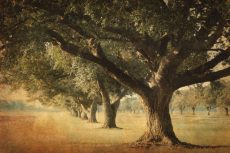 Item Code: 16144
Item Code: 16144Island Oak
by: Guion, WilliamPosters and CanvasSize: 36 x 24 in Click here for pricing
-
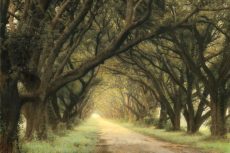 Item Code: 16145
Item Code: 16145Evergreen Alley
by: Guion, WilliamPosters and CanvasSize: 36 x 24 in Click here for pricing
-
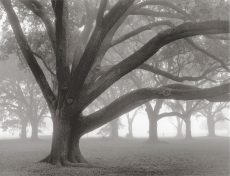 Item Code: 6440
Item Code: 6440Oak Grove in Fog
by: Guion, WilliamPosters and CanvasSize: 10 x 8 in Click here for pricing
-
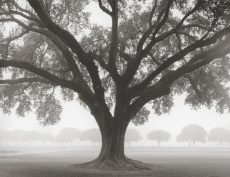 Item Code: 6441
Item Code: 6441Silhouette Oak
by: Guion, WilliamPosters and CanvasSize: 10 x 8 in Click here for pricing
-
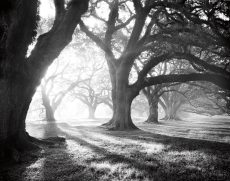 Item Code: 5727
Item Code: 5727Oak Alley, Light and Shadows
by: Guion, WilliamPosters and CanvasSize: 14 x 11 in Click here for pricing
-
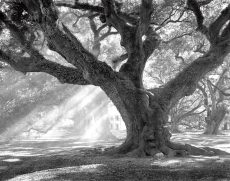 Item Code: 5728
Item Code: 5728Andrew Oak, Afternoon Light
by: Guion, WilliamPosters and CanvasSize: 14 x 11 in Click here for pricing
-
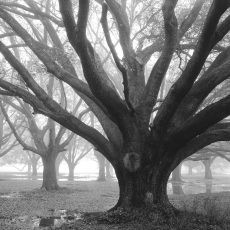 Item Code: 5691
Item Code: 5691Oak Grove, Winter
by: Guion, WilliamPosters and CanvasSize: 11 x 11 in Click here for pricing
-
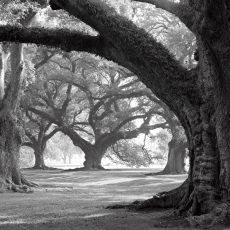 Item Code: 5692
Item Code: 5692Oak Alley, West Row
by: Guion, WilliamPosters and CanvasSize: 11 x 11 in Click here for pricing
